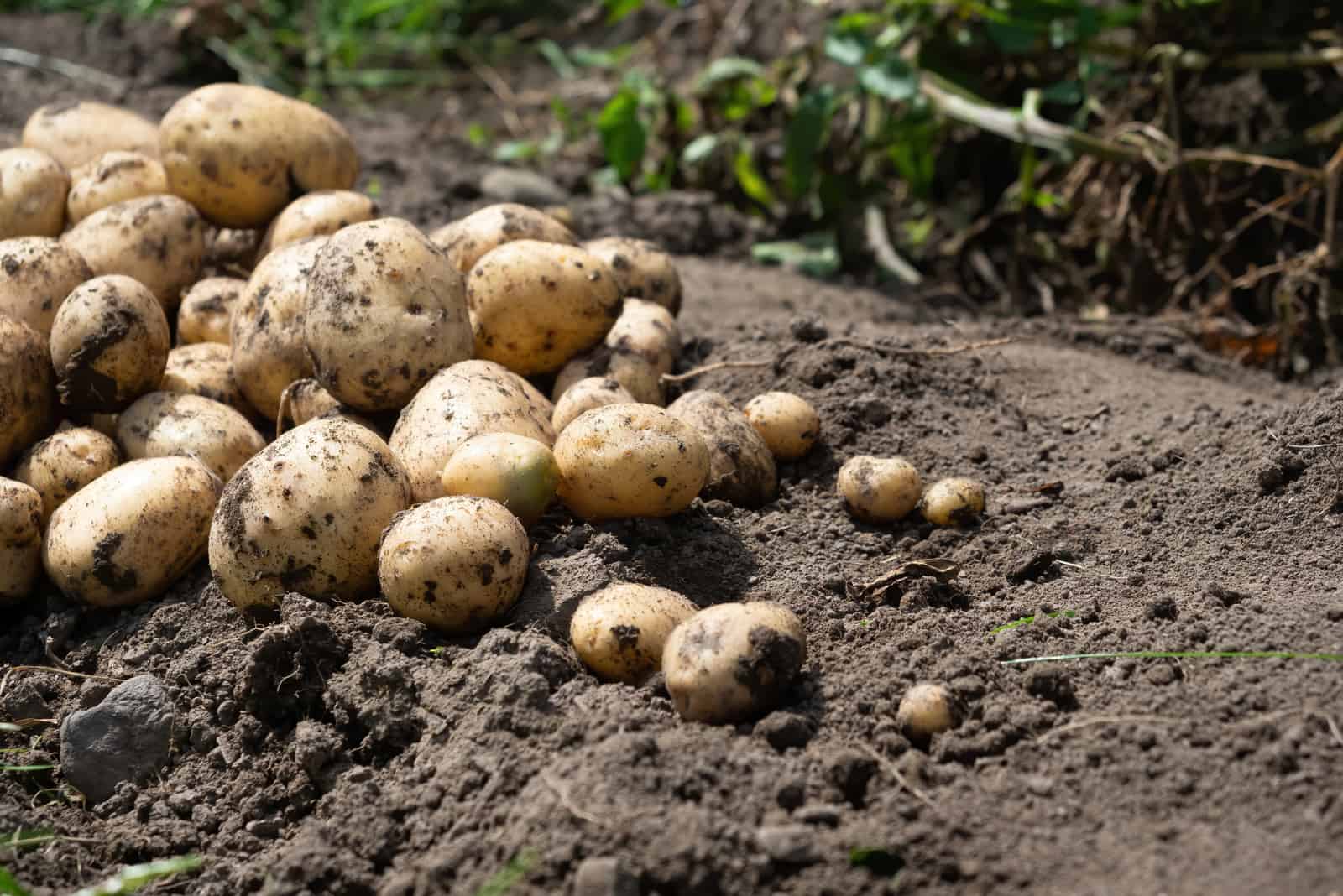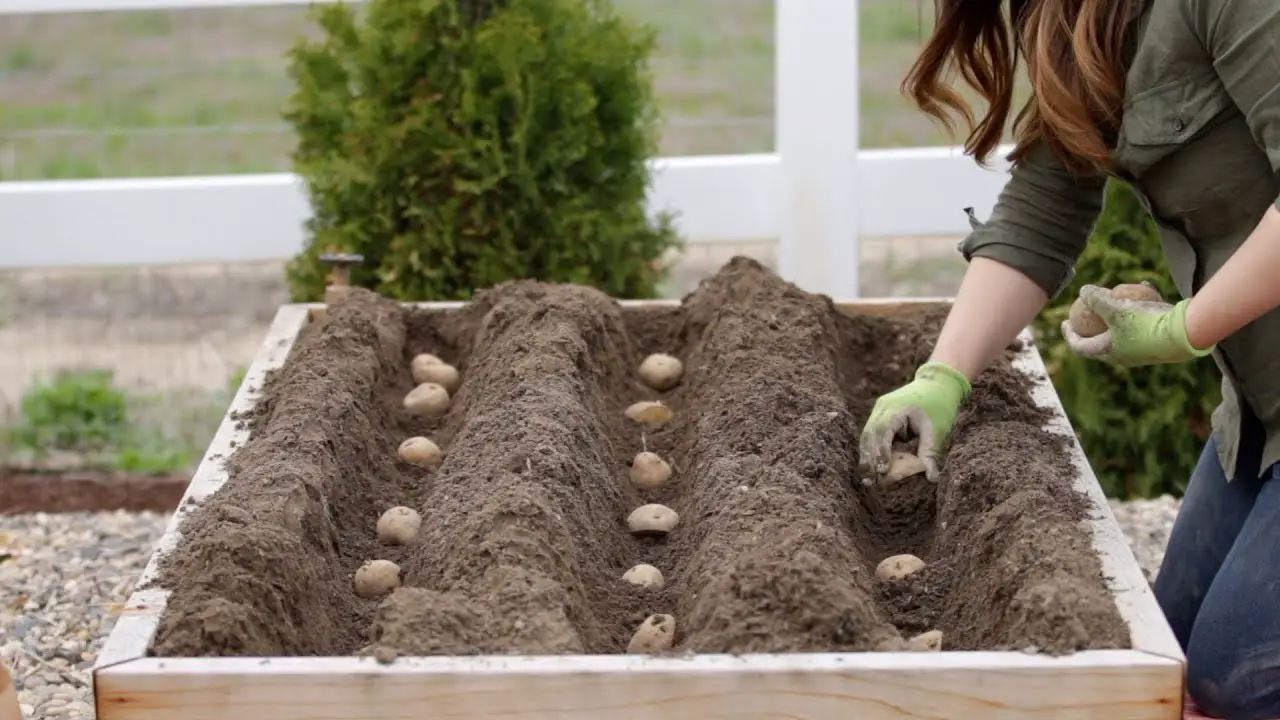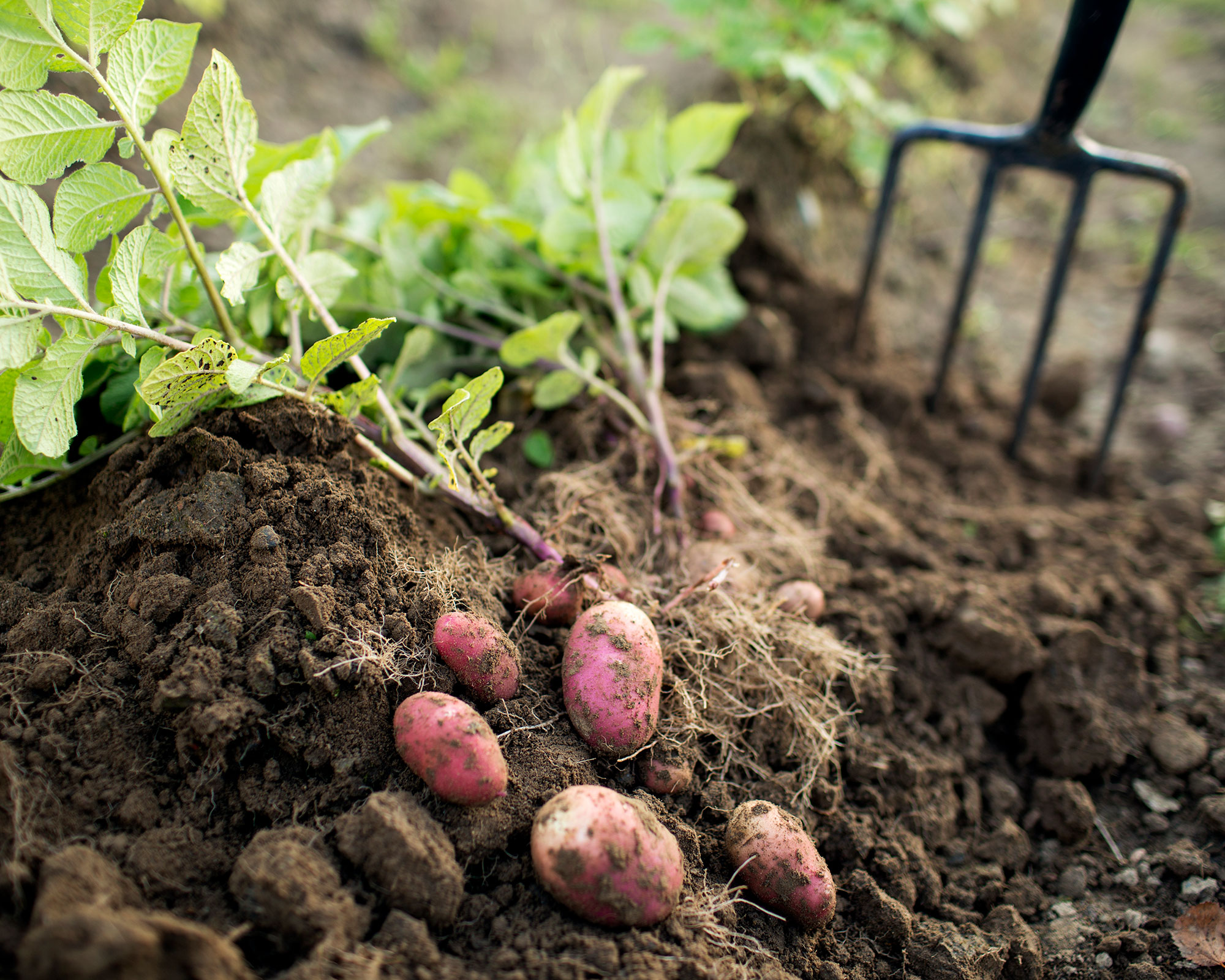Understanding the Basics of Potato Growth
Growing potatoes can be a rewarding experience, especially when you understand the basics of potato growth. To start, it’s essential to choose the right variety of potato, as different types thrive in various climates and soil conditions. For instance, if you live in a region with a short growing season, you’ll want to opt for an early-maturing variety. On the other hand, if you have a longer growing season, you can experiment with mid-season or late varieties. Additionally, it’s crucial to prepare the soil properly, as potatoes require a well-draining, loose soil with a pH between 4.5 and 7.0. By selecting the right variety and preparing the soil, you’ll be well on your way to growing delicious potatoes at home. When it comes to how do you grow a potato, understanding these fundamental principles is key to a successful harvest.
How to Prepare the Soil for Potato Planting
Before planting potatoes, it’s essential to prepare the soil to ensure optimal growth. The first step is to test the soil to determine its pH level and nutrient content. Based on the test results, you may need to add fertilizers or lime to adjust the pH. A well-balanced fertilizer with a ratio of 5-10-10 (nitrogen-phosphorus-potassium) is ideal for potatoes. Additionally, incorporate organic matter like compost or well-rotted manure to improve soil structure and fertility. When it comes to how do you grow a potato, proper soil preparation is crucial, as it sets the stage for a healthy and productive crop. To further enhance soil quality, consider incorporating cover crops or green manures into your rotation, which can help suppress weeds, reduce soil erosion, and attract beneficial insects. By following these steps, you’ll be able to create a fertile and welcoming environment for your potato plants to thrive.
Selecting the Right Potato Variety for Your Climate
When it comes to growing potatoes, selecting the right variety is crucial for a successful harvest. With hundreds of potato varieties to choose from, it’s essential to consider factors like climate, region, and desired harvest period. Early varieties, such as ‘Red Thumb’ or ‘Nicola’, mature quickly (around 70-100 days) and are ideal for regions with short growing seasons. Mid-season varieties, like ‘Russet Burbank’ or ‘Yukon Gold’, take around 100-120 days to mature and are suitable for most climates. Late varieties, such as ‘Katahdin’ or ‘Butte’, take longer to mature (around 120-140 days) and are best for regions with long growing seasons. By choosing a variety that matches your climate and region, you’ll be able to optimize your potato crop’s growth and increase your chances of a bountiful harvest. Remember, understanding how do you grow a potato starts with selecting the right variety, so take the time to research and choose wisely.
Planting and Caring for Your Potato Crop
Once you’ve prepared the soil and chosen the right potato variety, it’s time to plant and care for your crop. When it comes to how do you grow a potato, proper planting and care are crucial for a successful harvest. Start by planting seed potatoes (small, whole potatoes or pieces of potatoes with at least one “eye” each) 2-4 inches deep and 12-18 inches apart, in rows that are 3 feet apart. Water the soil gently but thoroughly after planting. As the plants grow, maintain a consistent moisture level by watering them deeply once or twice a week. It’s also essential to keep the area weed-free to prevent competition for nutrients. To care for your potato crop, keep an eye out for signs of pests or diseases, and take action promptly if you notice any issues. Regularly inspect your plants for signs of infestation, such as holes in leaves or stems, and take action to control the problem before it spreads. By following these guidelines, you’ll be well on your way to growing a healthy and productive potato crop.
How to Hill and Mulch Your Potato Plants
Hilling and mulching are essential techniques for growing potatoes successfully. Hilling involves mounding soil around the base of the potato plants, leaving only a few inches of the leaves exposed. This helps to protect the tubers from sunlight, which can turn them green and toxic. To hill your potato plants, start by adding a 2-3 inch layer of soil around the base of the plants when they are about 6 inches tall. Repeat this process every few weeks, adding more soil and mulch as the plants grow. Mulching helps to retain moisture, suppress weeds, and regulate soil temperature. Use organic mulch materials like straw, grass clippings, or wood chips, and apply a 2-3 inch layer around the plants. When it comes to how do you grow a potato, hilling and mulching are crucial steps that can make a significant difference in the health and productivity of your crop. By following these simple techniques, you can create a favorable growing environment for your potatoes and enjoy a bountiful harvest.
Identifying and Managing Common Potato Pests and Diseases
When it comes to how do you grow a potato, understanding common pests and diseases that affect potato crops is crucial for a successful harvest. Some common pests that can affect potato crops include aphids, Colorado potato beetles, and wireworms. These pests can cause significant damage to the plants and tubers, leading to reduced yields and poor quality potatoes. To manage pests, use organic control methods such as introducing beneficial insects, spraying soapy water, or using neem oil. Regularly inspect your plants for signs of infestation, such as holes in leaves or stems, and take action promptly if you notice any issues. Common diseases that affect potato crops include late blight, scab, and blackleg. These diseases can be caused by fungal or bacterial infections, and can lead to significant losses if left unchecked. To prevent diseases, use crop rotation, remove infected plants, and apply fungicides or bactericides as needed. By being aware of these common pests and diseases, and taking proactive steps to manage them, you can minimize losses and enjoy a healthy and productive potato crop.
Harvesting and Storing Your Potato Crop
When it comes to how do you grow a potato, harvesting and storing are crucial steps that require attention to detail to ensure a successful crop. Potatoes are ready to harvest when the tops of the plants start to yellow and die back. Carefully dig around the plants with a fork, being careful not to damage the tubers. Lift the tubers out of the soil, and let them dry in the sun for a few hours to remove excess moisture. For long-term storage, store the potatoes in a cool, dark place with good ventilation. The ideal storage temperature is between 40°F and 50°F (4°C and 10°C). Make sure the potatoes are completely dry and free of bruises or cuts before storing. Check on the potatoes regularly to remove any that are spoiling, as this can affect the quality of the entire crop. By following these simple steps, you can enjoy your homegrown potatoes for months to come. Whether you’re a seasoned gardener or just starting out, understanding how to harvest and store potatoes is an essential part of the growing process.
Tips and Tricks for Growing Potatoes Successfully
When it comes to how do you grow a potato, there are several tips and tricks that can help you achieve a successful harvest. One innovative approach is to grow potatoes in containers, which can be a great option for small gardens or balconies. Simply choose a container that is at least 12 inches deep, add a layer of compost, and plant your potatoes. Another creative way to grow potatoes is by using potato towers, which can increase yields and save space. To extend the potato growing season, try planting a second crop in the summer or early fall, using a variety that matures quickly. Additionally, consider growing “new” potatoes, which can be harvested in as little as 10 weeks. These small, thin-skinned potatoes are perfect for boiling or roasting. By incorporating these tips and tricks into your potato-growing routine, you can enjoy a bountiful harvest and experiment with new and exciting ways to grow potatoes. Whether you’re a seasoned gardener or just starting out, understanding how to grow potatoes successfully is key to enjoying a delicious and rewarding crop.








